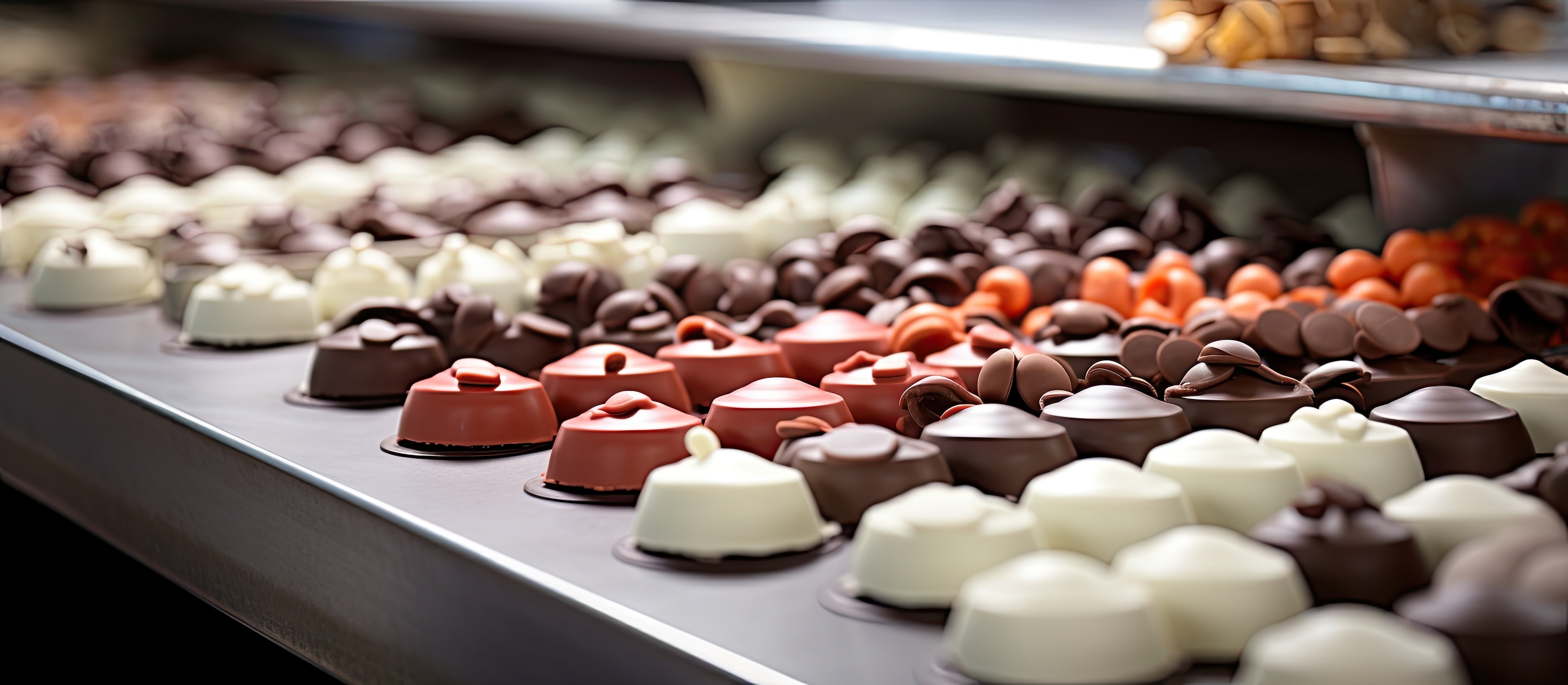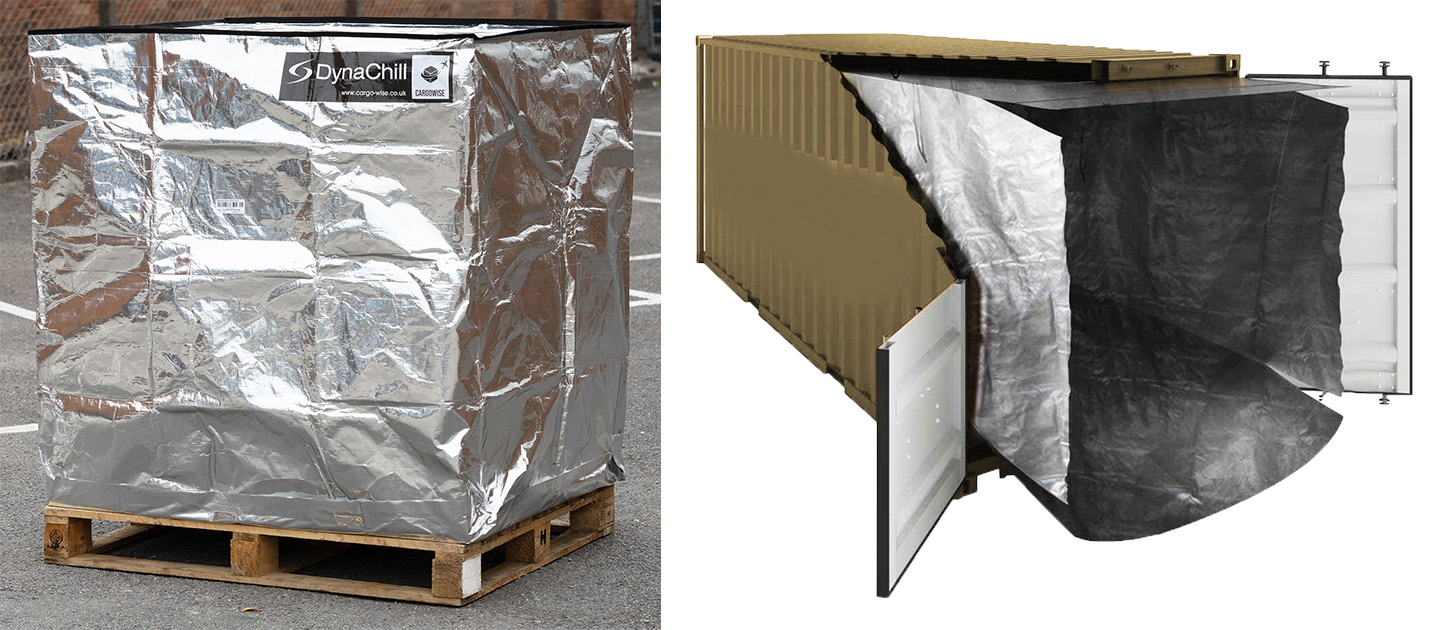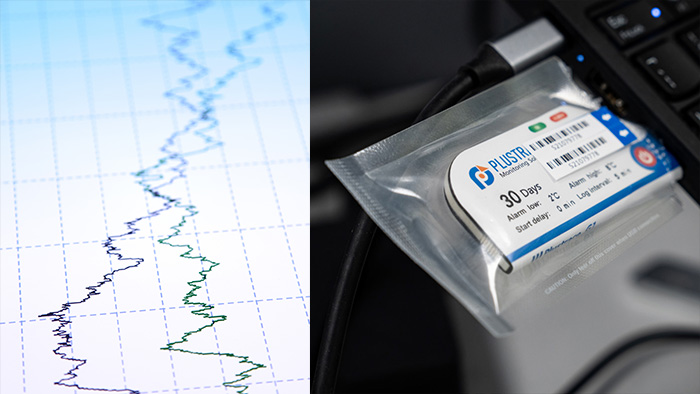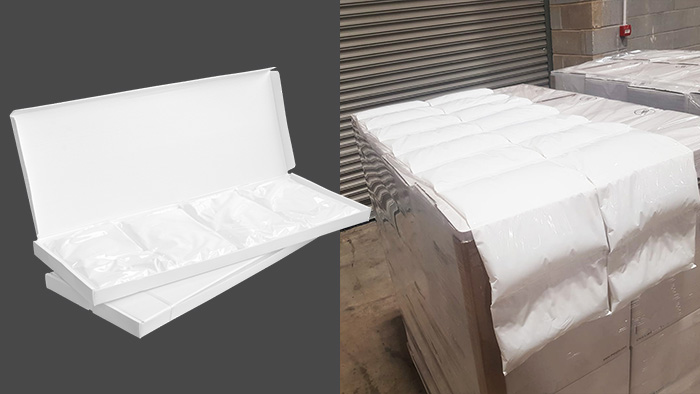- HOME
- ABOUT
- OUR PRODUCTS
- THERMAL PALLET COVERS
- THERMAL ROLL CAGE COVERS
- SPREADER BOARDS
- DATA LOGGERS
- GEL ICE PACKS
- REUSABLE PALLET COVERS
- SECURE CUT PROOF COVER
- CARGO ABSORBENT
- TEMPERATURE CONTROL
- POLYTHENE SHEETING
- CONTAINER LINERS
- PALLET CONTAINERS
- PALLETWRAP FILM
- DESICCANT
- MOISTURE CONTROL
- FIRE RETARDENT
- SAFETY CUTTERS
- REUSABLE PALLETWRAPS
- YOUR INDUSTRY
- BLOG
- CONTACT




